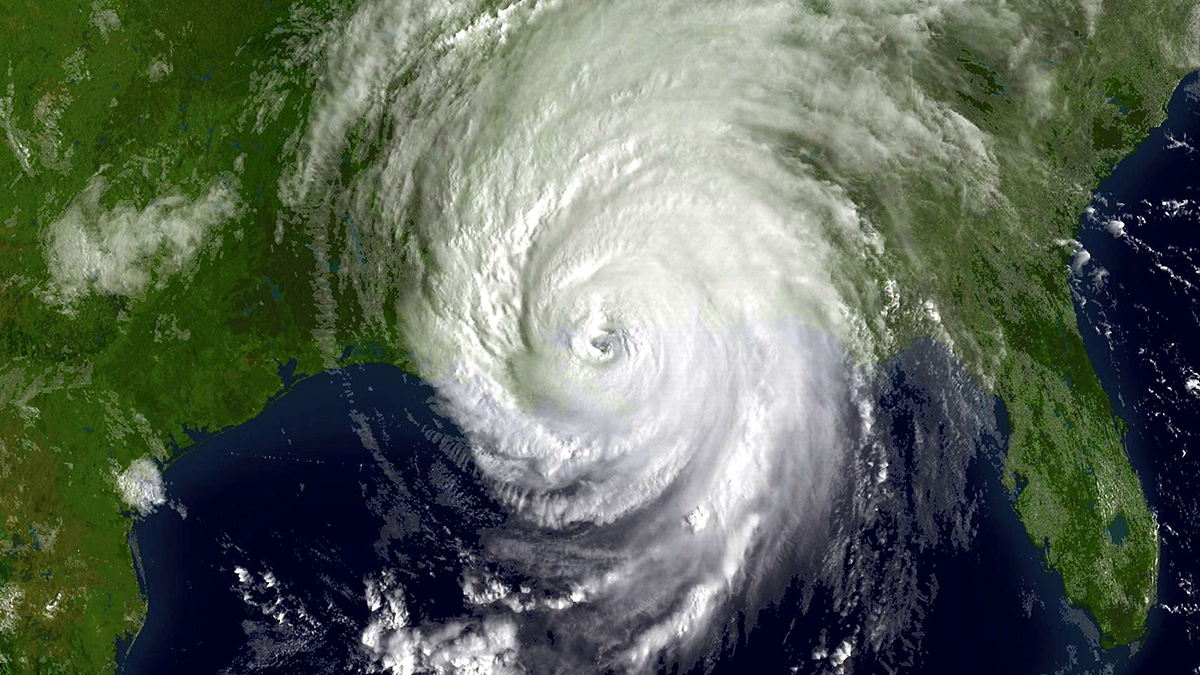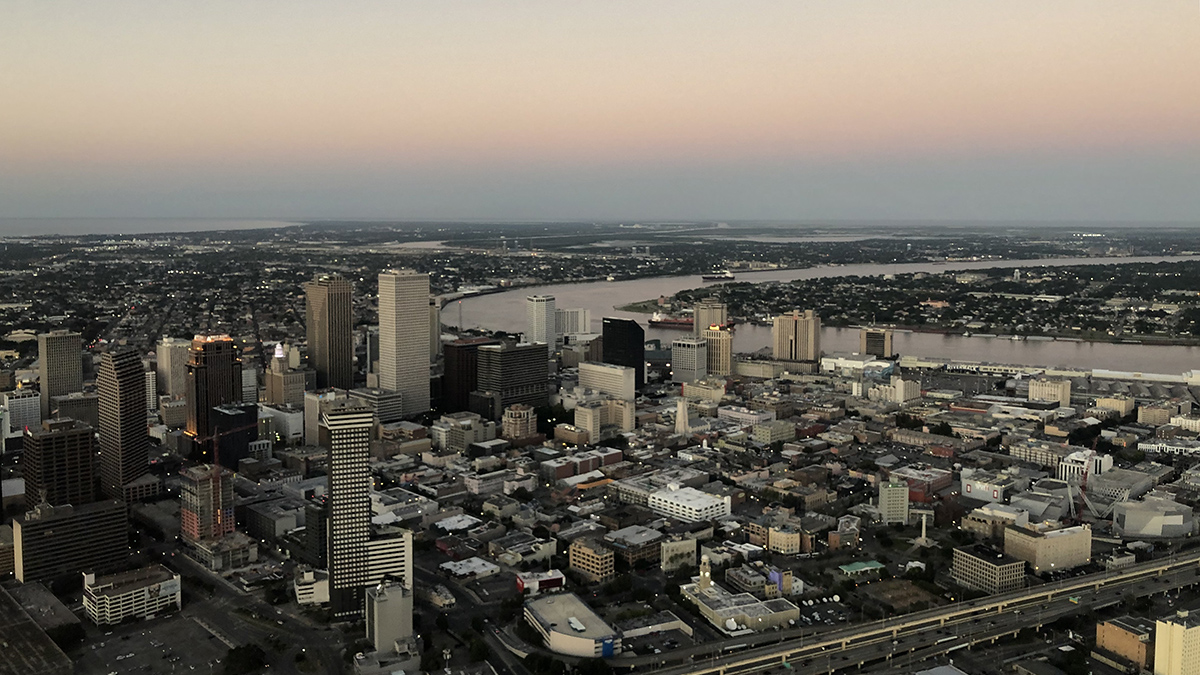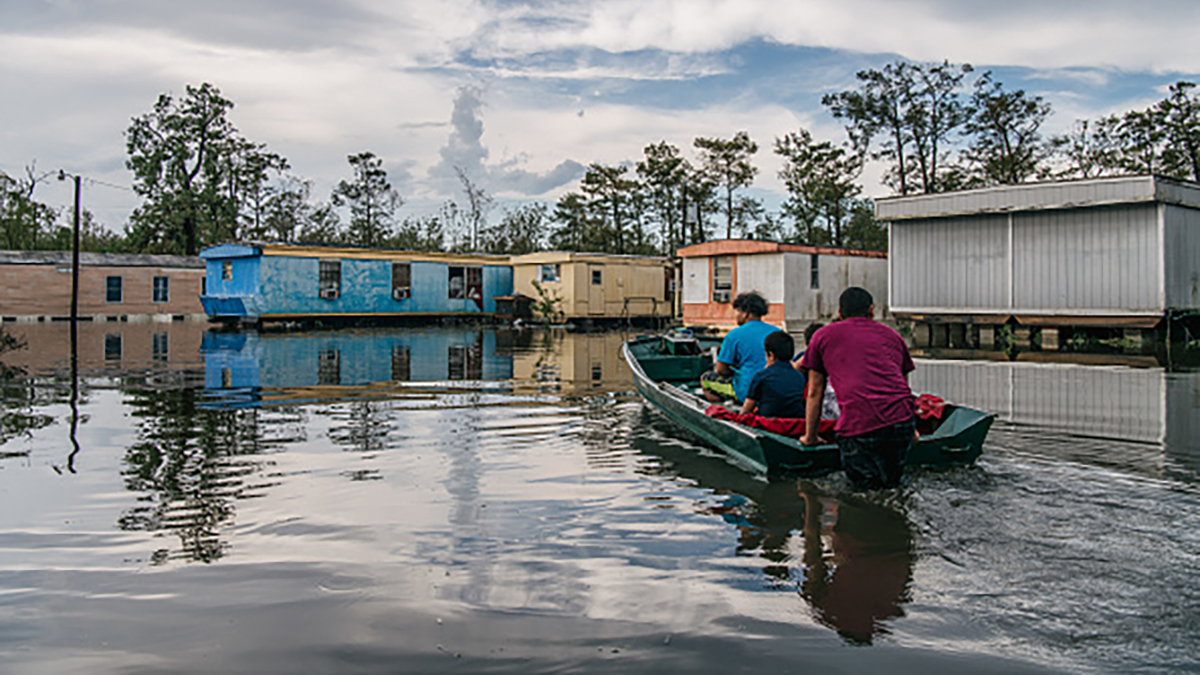Twenty years after one of the country’s deadliest storms, scientists reflect on improvements in the ability to understand and predict disasters.
New Orleans
Posted inNews
Parts of New Orleans Are Sinking
Areas near the airport, along floodwalls, and in nearby wetlands are subsiding because of a combination of natural and anthropogenic forces.
Posted inNews
Black Neighborhoods Will Bear Future Flood Burden
Climate change, shifting populations, and infrastructure development in risky areas compound future flood loss risk.
Posted inFeatures
Global Risks and Research Priorities for Coastal Subsidence
Some of the world's largest cities are sinking faster than the oceans are rising. Humans are part of the problem, but we can also be part of the solution through monitoring and modeling.
Posted inAGU News
2017 AGU Fall Meeting Heads to New Orleans, 2018 to Washington, D. C.
The American Geophysical Union opts to relocate its 26,000-plus-attendee meeting from San Francisco for 2 years to avoid detrimental impacts from extensive construction at the convention center.





